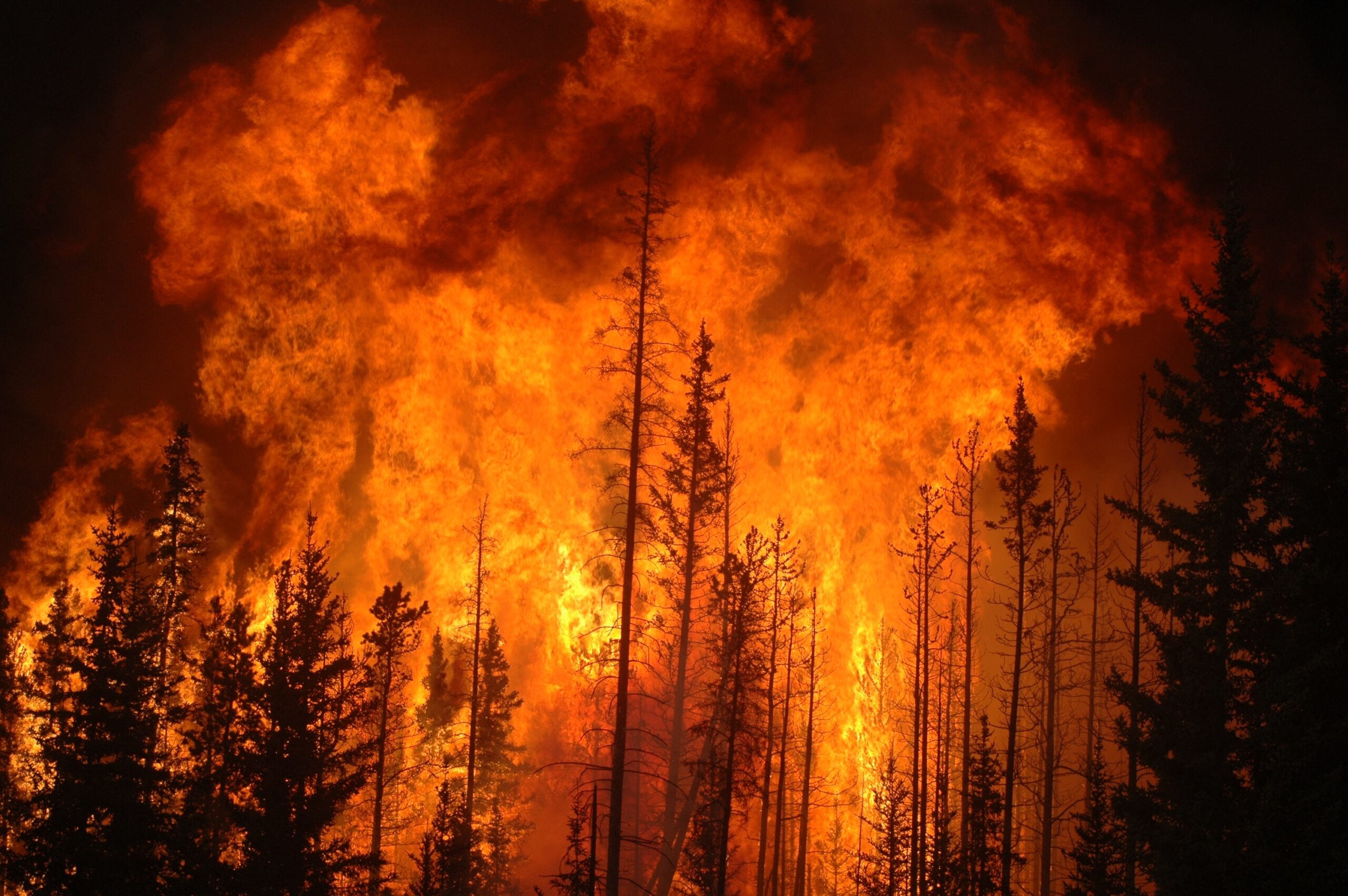The world is heating up fast. Globally, July 2024 was the hottest month on record. The International Labour Organization estimates that more than 70% of the global workforce (2.4 billion people) are now exposed to excessive heat. In Ontario, labour laws do little to protect workers from the growing threat of heat at work.
“Extreme heat is a danger for everybody,” Dr. Glen Kenny tells The North Star. Dr. Kenny is a physiology professor at the University of Ottawa who focuses on how heat affects the body. “Heat is a silent killer because it really does creep up on you. When you are exposed to heat, it can happen at any time.”
“There is no act or piece of legislation that a worker or a union could turn to for protection during extreme heat,” says Janice Folk-Dawson, a union representative with CUPE. “It’s a real statement that in the [Ontario] Occupational Health and Safety Act, we have no regulations around dealing with heat.”
Extreme heat is the deadliest weather event in Canada and the U.S., surpassing hurricanes, floods and tornadoes combined. Dr. Kenny explains that there are many factors that affect vulnerability to extreme heat. “What was your mental stress level? What was your fatigue level? What about fitness? Are there other factors that are mitigating the body’s ability to defend itself?”
Heat stress occurs when the body can’t cool itself effectively. If a person’s core body temperature stays above 40°C, their critical systems can start to shut down. Symptoms range from dehydration and dizziness to life-threatening heat strokes.
The elderly, outdoor workers, and renters can all be more vulnerable to extreme heat. Dr. Kenny explains that the risk of heat stress increases with prolonged exposure to heat.
“Let’s take a worker, an electric utility worker who’s in the sun, or a miner, construction worker. They are overexerted. They’re fatigued. They’re under stress. They’re going to be dehydrated, but they also come back to work next day, dehydrated again. See, there’s a progressive decay in somebody’s heat loss capacity. So by day five, by the Friday, they respond very much like an older person.” Without a break from the heat, you’re much more vulnerable. But what do you do if you can’t get a break?

Article 25(2)(h) of Ontario’s Occupational Health and Safety Act (OHSA) states that employers have to take every precaution reasonable in the circumstances for the protection of a worker. “But for heat, what does this actually mean?” asks Folk-Dawson. “Most unions and locals are not using Article 25 because it’s really vague. Obviously, it would be reasonable to protect a worker from working in heat. But what does that actually mean on the job?”
In 2023, the Ontario Ministry of Labour introduced a proposal for a stand-alone heat stress regulation that would apply to all workplaces covered by OHSA. But Folk-Dawson explains that although the proposal may be well intentioned, it overlooks some important elements.
“It is just far too restrictive. A one-size-fits-all approach does not fit all workers’ experiences. Workers experience heat very differently. What about pregnant workers? People with disabilities? PSW or tradespeople who work in others’ homes?”
Dr. Kenny agrees. “The guidelines were developed a long time ago. They did not consider older workers. They did not consider women. They did not consider workers with chronic health conditions, but that is the growing segment of our workforce.”
Extreme heat presents a severe risk that is often overlooked. Researchers estimate that 500,000 people die every year from heat-related deaths, making heat the deadliest weather event worldwide.
July 2024 was the thirteenth month in a row to break the heat record globally. Halfway through the year, the record for the hottest day globally has been twice shattered.
